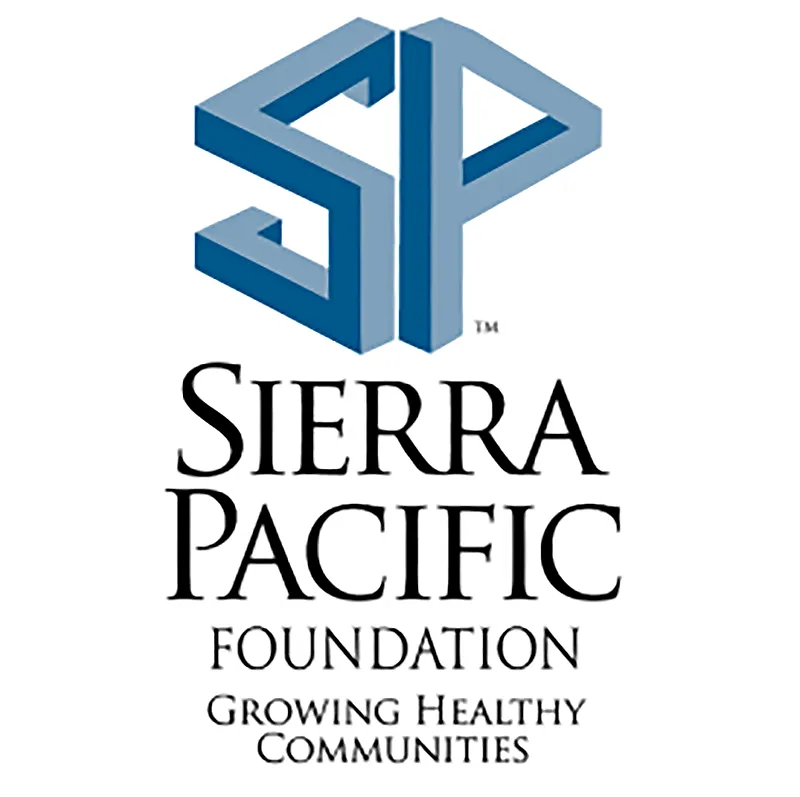Table of Contents
The free-wheeling days of trading hundreds of different exotic hardwoods, with seemingly little regard for how the wood was harvested, are ancient history.
The Lacey Act—and the threat of hefty fines or even jail time for using illegally sourced timber—have made the U.S. supply chain pick and choose which hardwoods they use, and make sure they have the documentation to back up its permissibility.
Yet there are still fears that the wood can be mislabeled, or its origin or species misrepresented. One Australian exporter, which recently began shipping decking into the U.S., claims to have the answer: testing the wood’s DNA.
Trees, like people, have unique DNA, which can be analyzed and used to independently check document claims of species or origin. Simmonds Lumber was the first company in the world to utilize this method, developed by Prof. Andrew Lowe at the University of Adelaide in Australia and applied by Simmond’s third-party auditor, DoubleHelix of Singapore.
“Our approach provides greater supply chain transparency all the way back to identified origin of harvest for every verified shipment,” said Mike Strang, Simmonds’ North American sales manager. “Compare this to conventional chain-of-custody certification, where in most cases it is not possible to identify the forest of origin. Wherever possible, scientific testing methods are applied to independently confirm claims of species or origin on paper documents. Documents can be tampered with at any point in the supply chain, so science is used to validate information where the risk of tampering is highest.”
In addition to DNA testing, which is used primarily to identify wood species and origin of harvest where reference data is available, other scientific methods are also used. Isotope testing uses the unique chemical signature found in the wood to pinpoint the harvest region.
Microscopic analysis, also known as wood anatomy, looks at the cellular structure of the wood to identify the genus (or in some cases species) it belongs to. The verification methods are customized to the unique risk profile of each individual product and supply chain.
Key are Simmonds’ partnerships with overseas suppliers, cultivated over more than 25 years and including the biggest merbau mill in Asia with a capacity of up to 300 containers per month. Staff at Simmonds’ own Indonesian office in Surubaya grade and inspect all orders before and after manufacturing to ensure quality and consistency.
Simmonds Lumber introduced “DNA Lumber” about 10 years ago as part of efforts to reduce illegal logging in Indonesia. It has since become a well known brand in Australia and New Zealand, and last year the company began laying inroads to take the decking into North America.
“From market visits and trade shows there has been genuine interest, which has initiated a red balau program into New England and the Southwest,” Strang said. “We are seeing interest growing as the market appreciates the DNA Lumber brand as a third-party verified product demonstrating best-practice due care.”
In addition to red balau, Simmonds is also marketing bulletwood (an Indonesian species with properties similar to ipé) to North America and looking to expand to meranti and keruing. Decking sizes include 4/4 and 5/4×4 and x 6, plus posts, balustrades and other complementary products.
Strang says the price difference between DNA Lumber and other certified imports is negligible, and he foresees a welcoming domestic market for scientifically verifiable decking.






